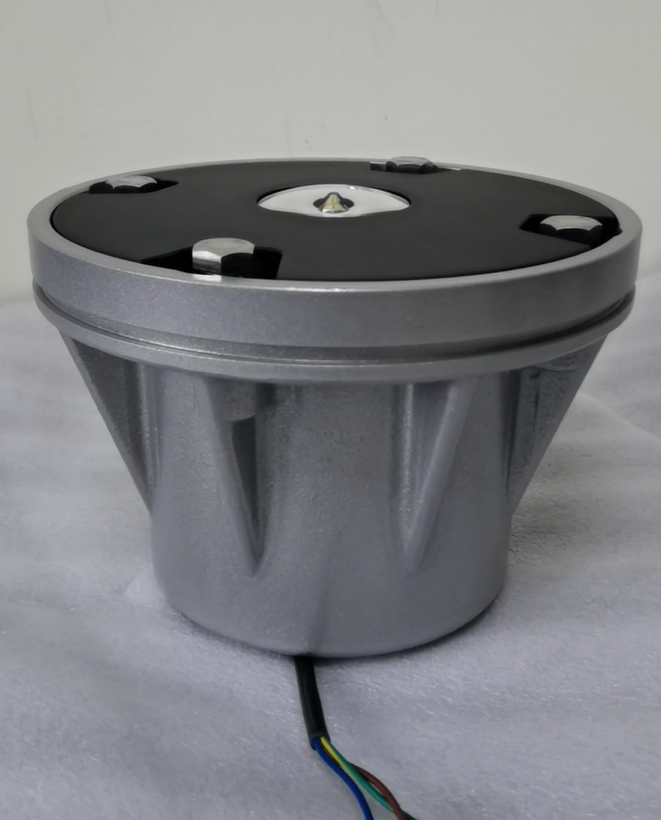
In the world of aviation, safety is paramount. One crucial element that contributes significantly to the safe operation of helicopters is the helicopter landing pad lights. These unassuming yet essential fixtures play a vital role in guiding pilots and ensuring smooth landings.
Helicopter landing pad lights are designed to provide clear visibility to pilots approaching and landing on a helipad. They are strategically placed around the landing area to mark its boundaries and indicate the correct approach path. These lights act as beacons, guiding pilots through the darkness and adverse weather conditions.
The importance of helicopter landing pad lights cannot be overstated. In low visibility conditions such as fog, rain, or at night, these lights are a pilot's lifeline. They help the pilot to identify the landing area, assess its size and shape, and determine the correct approach angle. Without proper lighting, landing a helicopter can be extremely dangerous and even impossible.
There are several types of helicopter landing pad lights available, each with its own unique features and functions. The most common types include perimeter lights, centerline lights, and approach lights. Perimeter lights are placed around the edges of the landing pad to mark its boundaries. Centerline lights run down the middle of the landing pad, providing a visual reference for the pilot to align the helicopter. Approach lights are located on the approach path to the landing pad and guide the pilot in from a distance.

In addition to providing visibility, helicopter landing pad lights also serve as a safety measure. They help to prevent collisions with obstacles on the ground and other aircraft. By clearly marking the landing area, these lights make it easier for pilots to avoid potential hazards and ensure a safe landing.
The design and installation of helicopter landing pad lights are carefully regulated to ensure their effectiveness and reliability. The lights must meet strict standards for brightness, color, and durability. They are also designed to withstand the harsh environmental conditions often encountered in aviation, such as wind, rain, and extreme temperatures.
W3
W33
R4
T5
Modern helicopter landing pad lights often utilize advanced technologies such as LED (light-emitting diode) lighting. LED lights offer several advantages over traditional lighting sources, including lower power consumption, longer lifespan, and greater durability. They also provide a brighter and more consistent light output, which is essential for ensuring visibility in all conditions.
Maintenance of helicopter landing pad lights is also crucial to ensure their continued effectiveness. Regular inspections and testing are necessary to detect any faults or malfunctions. Damaged or burned-out lights should be replaced promptly to ensure that the landing pad remains properly illuminated.
In conclusion, helicopter landing pad lights are an essential component of helicopter operations. They provide the visibility and guidance necessary for safe landings, even in the most challenging conditions. As the aviation industry continues to evolve, the importance of these lights will only grow. By ensuring that helicopter landing pad lights are properly designed, installed, and maintained, we can help to ensure the safety of pilots and passengers alike.